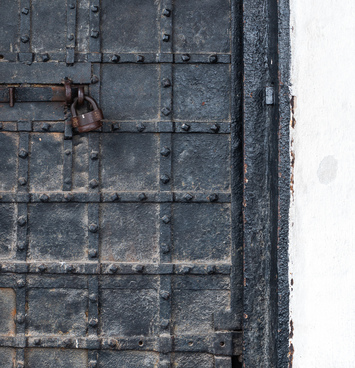The creation of large industrial production in the Urals is associated with the name of Peter I. At the end of the 17th century, the Tsar personally ordered to begin the search for ore deposits in the region. Samples of the discovered iron ore were tested by Russian and foreign experts, who confirmed its high quality. After this, Peter I “indicated… in those places where it is more convenient and closer to the iron ores… to start a plant.”
Craftsmen built a dam on the Neyva River, so that a huge pond appeared (factories used water energy). Then a blast furnace, hammer factories, and coal sheds were built.
In March 1702, Peter I signed a decree transferring the plant to the Tula master Nikita Demidovich Demidov (Antyufeyev). His eldest son Akinfiy Nikitich became the actual head of the enterprise. A new, Demidov era began in the history of Nevyansk, which brought it the greatest glory.
Over the course of several years, the Nevyansk plant became a leading enterprise; iron under the “Old Sable” brand was sold in Russia and abroad. Technological innovations were introduced: it was in Nevyansk that the first domestic circular blast furnace was built, and in the middle of the 18th century, the “Tsar-Blast Furnace”, which was the largest in the world, was producing record-breaking amounts of cast iron. From the very first years of the plant’s existence, it began to produce cast iron artworks. In the neighboring Byngovsky plant, a “scythe” factory was opened, one of the first in Russia to produce sickles and scythes. The Nevyansk plant became a real talent pool: craftsmen from other Ural enterprises came to the Demidov plant to learn the profession.
The population of Nevyansk in the Demidov era was quite diverse. According to censuses of the 18th century, the residents of the Nevyansk plant included newcomers from Moscow and Tula, Arkhangelsk, and Nizhny Novgorod, from the Volga and from the Stroganov estate. A significant proportion of the population came from the surrounding villages.
In the center of the plant there was a stone Leaning Tower, a wooden manor house and the Church of the Transfiguration. The factories were surrounded by a wooden fort with seven turrets and three carriageway gates. A road led from one of the gates to the Sulemskaya pier on the Chusovaya River, along which factory products were sent annually with the spring caravan. The houses of artisans were behind the fort on both sides.
In the background of the picture, on the slopes of the Ural Mountains, there is a sparse forest area, most of which was cut down for charcoal.



